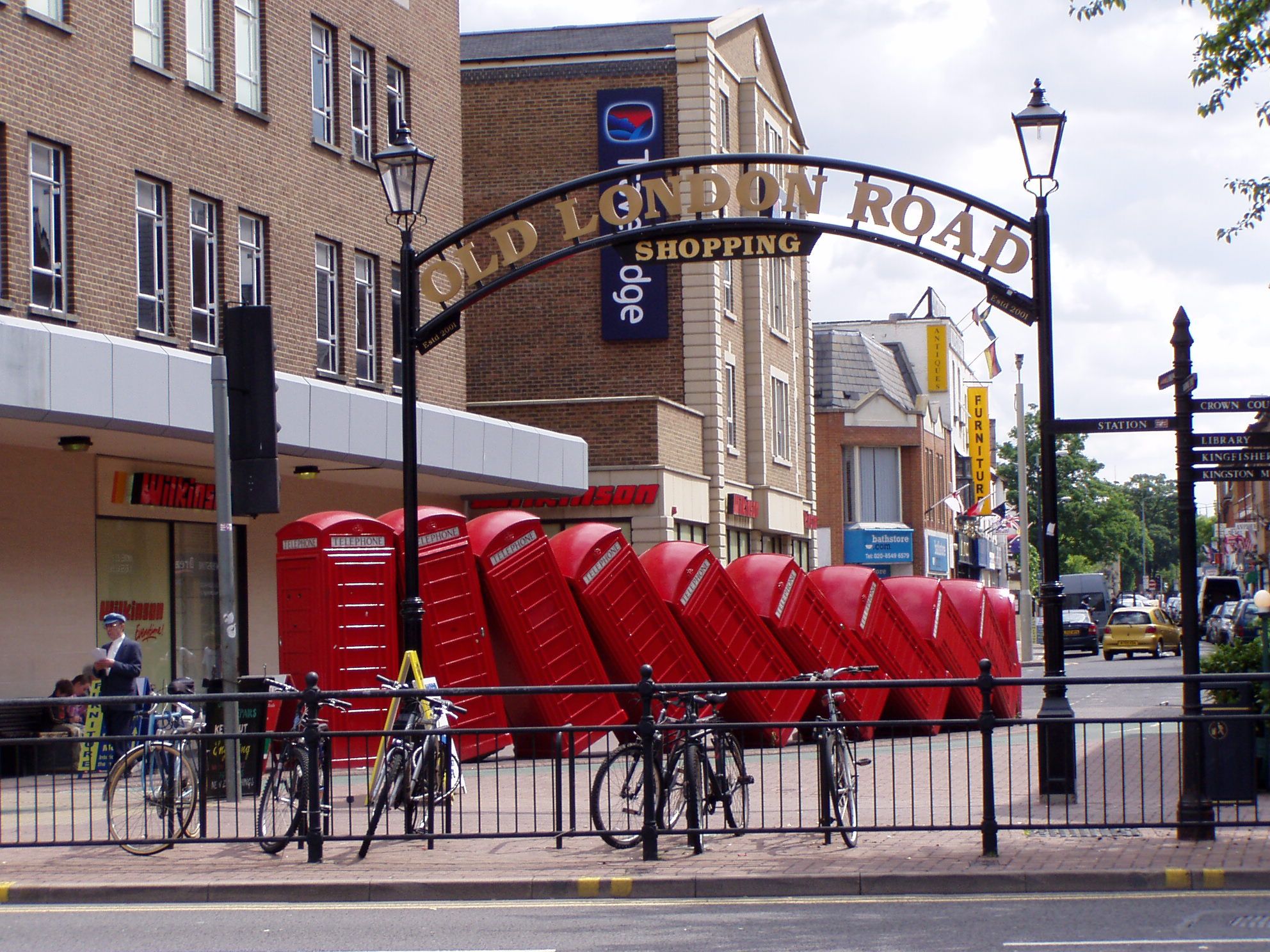The transformation of the high street
Friday, 07 July 2023

The transformation of the high street
The British high street has been changing for some time with the pandemic accelerating our online buying habits and together with new regulations allowing vacant retail units to be more easily repurposed for residential dwellings, it’s undergoing transformation at an even faster rate.
Fewer customers as a result of the cost of living crisis and rising energy bills are impacting the high street more so than the pandemic with many businesses forced to literally shut up shop.
Two years ago, the government introduced new rules to enable local authorities and developers to more easily turn empty properties on the High Street into homes to both revitalise ailing high streets and to help ease the housing shortage.
The change in the regulation, which came into force in August 2021, allows commercial buildings in Class E to become residential through permitted development. Class E relates to general ‘commercial, business and service’ incorporating retail, food, financial services, gyms, healthcare, nurseries, offices and light industry and these now no longer require planning permission to be turned into homes with restrictions on floor space up to 1,500 sq ft.
It is likely that locals are now seeing the impact of this legislation as boarded up shops and empty premises are being turned into homes.
The Institute of Chartered Accountants for England and Wales (ICAEW) reported earlier this year that a swathe of developments across the country is indicative of fundamental change in the high street. For example, proposals have been put forward to repurpose part of a retail centre into a health facility in Sutton Coldfield; in Glasgow suggestions are under consideration to transform retail units into affordable offices for SMEs; and in Cambridge, a shopping precinct and premises in a neighbouring street have been purchased with a view to developing lab space for tech start-ups.
However, turning vacant retail premises into homes without the need for planning permission has raised concerns particularly over the ability or, lack of, for local authorities to influence high street rejuvenation whilst questions have been raised over the potential quality of the homes which will be created.
John Lewis was quick to announce proposals to create 10,000 affordable homes for rent by utilising excess retail space and is perhaps the most high profile of retailers to announce plans. As well as providing the beleaguered retail giant with much-needed income, it would also provide job opportunities and help with the housing shortfall. However, with its property chief resigning, eyes will be even more focused on its housing development plan.
John Timpson, CEO of the UK’s shoe repair chain Timpsons, who was also asked to head up a government review into what the high street could look like in the future in 2018, told Wired that creating homes among other options, could help entice people back to the high street. However, he warned gaps in terms of vacant premises would be expected at least in the short term.
As the transformation begins, it is a question of waiting and seeing just how this new regulation could further see high streets up and down the country change shape.
Meanwhile, there’s always the vision from futurist Will Higham who has suggested looking back – 400 years, in fact, to the 17th century, could well provide the solution to regenerating the high street.
In the 1600s, high streets were an eclectic mix of businesses whereby many ‘shopkeepers’ traded from their own homes. This ‘village’ or ‘micro high street’ saw small stores operating in alleys and back streets and neighbourhoods became known for their specialities such as jewellery. With the aid of technology, Higham believes without the need to hold masses of stock, many of us could well become artisans delivering a personalised experience to our neighbours as well as outsiders requiring the services of a ‘micro high street’s’ distinctive character.
Whatever transpires, the one certainty is that our high streets are undergoing dynamic change and we will start to see trends emerging which will help us understand exactly how it will manifest itself as well as the impact on our communities.
